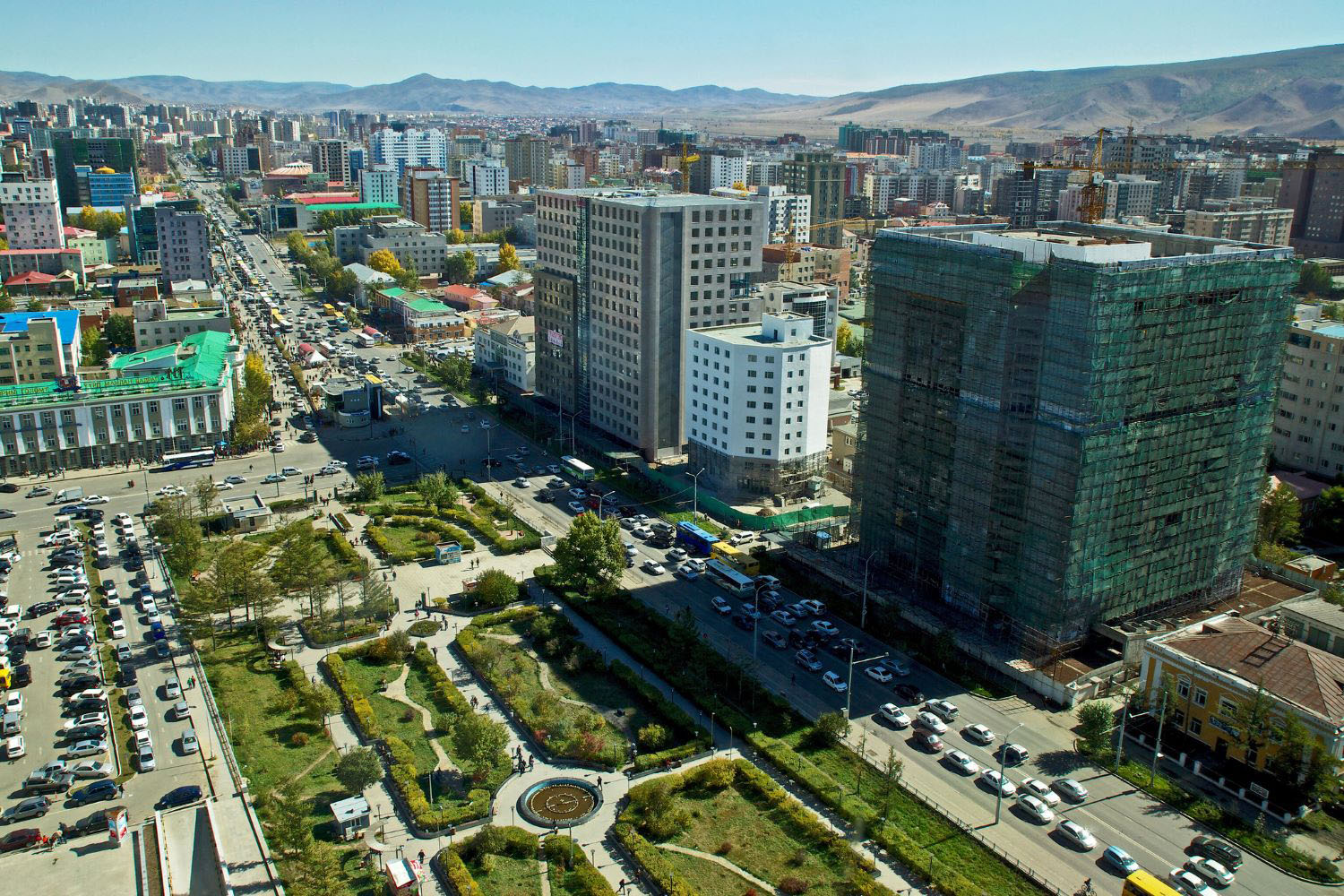Recommended
In 2015 the nations of the world agreed at the United Nations on 17 Sustainable Development Goals (SDGs) to be reached by 2030. The SDGs are the closest the world has come to a definable and measurable global social contract.
The SDGs do not constitute a legally binding contract; there are no penalties for commitment failures of rich or of poor countries. But they do constitute a morally compelling global “compact” to which both rich and poor countries signed on—the rich to help underwrite specific social and economic gains for global public goods and for poor countries, and the poor to commit their own political and financial resources to ensure those gains, by 2030.
Today it is clear that the goals of the global social compact will not be met by 2030. Only 15 percent of the specific targets under each goal are on track; 37 percent show little progress or back-sliding.
What happened?
Since 2015, three big shocks—Covid, with its extensive supply disruptions; the Ukraine war, with further aid diversion and food insecurity in low-income countries; and growing climate damage across the globe—have driven home the logic of a global social compact in a world of widely shared risks. But the shocks slowed global growth and stretched domestic budgets to the limit, leaving developing countries without fiscal space to maintain let alone increase social spending at home, and the traditional rich country donors short of the political space to expand aid programs or to negotiate together major capital increases for the multilateral development banks (MDBs).
Moreover, the costs of those shocks cannot be counted solely in terms of lives lost and social goals neglected. In our emerging multipolar system, international cooperation itself is at risk. Failures of leadership; legitimate accusations by developing country officials of rich country “vaccine nationalism”; controversy over the source of the virus in China; the struggle to provide vaccines to low-income countries; and the limited progress in reducing carbon emissions of the big, rich country polluters—all this brought a loss of trust, especially of the developing world in the promises of the North.
Can a global compact be realized in the new world of deepening and cross-cutting rivalries of a multipolar non-system, with intensifying rivalry between China and the US and between the global “North” and “South”—the once-colonizers and the once-colonized?
A path forward through the IFIs
There is cause for optimism: an emerging 21st century Bretton Woods II model. Eighty years since the first Bretton Woods model was launched, the more than 100 country members of the International Monetary Fund (IMF) and the major MDBs—North and South—are implementing three breakthroughs in the international funding of social and economic development, and climate adaptation and mitigation, in developing countries.
First is the “recycling” of their unneeded Special Drawing Rights (SDRs) by dozens of countries, including the recent approval by the US Congress to recycle $21 billion. The G20 goal of at least $100 billion of recycled funds to help low-income countries looks to be realized. Most of the resulting financing is going to the IMF funds that make low- and zero-cost (concessional) loans to help low-income countries escape their onerous debt burdens and up their investments in education, health, and other social programs. And after more than two years of discussion, there is finally real hope for the approval of more recycling of SDRs in the form of “hybrid capital” to the African Development Bank and the Inter-American Development Bank. The banks can leverage recycled SDRs three to four times, multiplying their value for funding social investments in low-income countries. These steps ensure the $100 billion goal will be met and, over the next several years, exceeded.
Second is the growing support of the rich donor countries for increasing the leverage of the capital of the major MDBs (as recommended in the July 2022 report to the G20 on the capital adequacy of the MDBs), following careful discussion with shareholders and the credit rating agencies. This support highlights that after more than three-quarters of a century, the MDB financial structure created by Keynes and his colleagues at Bretton Woods has stood the test of time (and periodic financial crises)—and that the capital of the MDBs can and should be better leveraged to meet the needs of this century. Steps in that direction include action by a growing number of MDBs to give value to their callable capital subscriptions from shareholders. (Callable capital is made up of commitments from MDB member countries to supply capital in the event of severe MDB financial distress—commitments that have never in the eight decades since the 1944 Bretton Woods conference been invoked.) Other steps some banks are pursuing to better “sweat” the MDBs’ capital to allow more lending include: selling or transferring the risk of existing loan portfolios to private and public investors; issuance by the MDBs of “hybrid capital” to governments and private investors; and new interest from the traditional donors in guaranteeing MDBs loans, enabling increased lending to middle-income countries for high-return green investment in energy and agriculture. All these actions would add to MDB capital, or free up existing capital, for additional lending at low rates to both the low- and the middle-income countries.
Third is the formalization by MDB member countries of “climate” as a twin goal of traditional development lending. This is a psychological as well as financial breakthrough, which in the World Bank’s case also encompasses global challenges like pandemics and fragility and conflict. It opens the door to the logic of the international institutions increasing their support of global health security—dealing with antimicrobial resistance, de-worming, and lead poisoning—and perhaps education too, a global good in a world of increasing international migration.
Could these initial steps of cooperation, among the major powers including China and between the major powers and the global South in the G20, lead to a larger agreement for more robust international funding of social and climate investments? Could they constitute the beginning of a 21st century Bretton Woods II model shaped much more by emerging market economies than in the past? The two critical tests of prospects for cooperation in the near term are the IDA replenishment this year and the performance of the MDBs and the IMF in ramping up their financial support in the face of stalled debt relief efforts and high global interest rates.
Some emerging markets, like China, are clearly in a financial position to bear a greater burden in supplying these institutions with capital and concessional finance, if rich countries make shareholding space for them. But they are also in a critical position on the finance demand side. Countries with rapidly growing carbon emissions must see these institutions as valuable partners in charting and financing their carbon transition paths. If they do not, the additional MDB financial capacity on the supply side will not yield commensurate emissions reduction impact.
The last three hosts of the G20 have been large emerging markets: Indonesia, India, and now Brazil, and South Africa will take over next year. If these major emerging market economies can build a united front and commit to ambitious carbon transitions, they can generate the political heft sufficient to forge agreement across the G20, and bring along China and the United States to a renewed commitment to meeting the key social SDGs, if not by 2030 then soon after. It would be appropriate for these emerging market economies to play a central role in forging the 21st century Bretton Woods II model in which the IMF and the MDBs would have the support of both the South and the North in bringing meaningful financing to accomplishing the SDGs.
*The authors are president emerita, senior policy fellow and research assistant at the Center for Global Development. We are grateful for comments from Marta Roig and other members of the UN team preparing the World Social Report 2025.
An updated version of this blog will be published in a forthcoming edition of the UN’s SDG blog series.
Disclaimer
CGD blog posts reflect the views of the authors, drawing on prior research and experience in their areas of expertise. CGD is a nonpartisan, independent organization and does not take institutional positions.
Image credit for social media/web: Kalawin / Adobe Stock







